Air pollution is a major problem in today’s world. Many of us spend every day of our lives breathing in smog without even thinking of the damage it is doing not only to our lungs, but also to the planet. Air pollutants contribute to the rise of global warming, a long-term change in the climate of the planet which will ultimately be harmful, maybe even detrimental, to life on earth.
The US Environmental Protection Agency (EPA) keeps track of six different pollutants: carbon monoxide, lead, nitrogen oxides, volatile organic compounds, particular matter and sulfur dioxide. But what are the 10 worst modern causes of air pollution according to EPA data?
1. Automobile Emissions
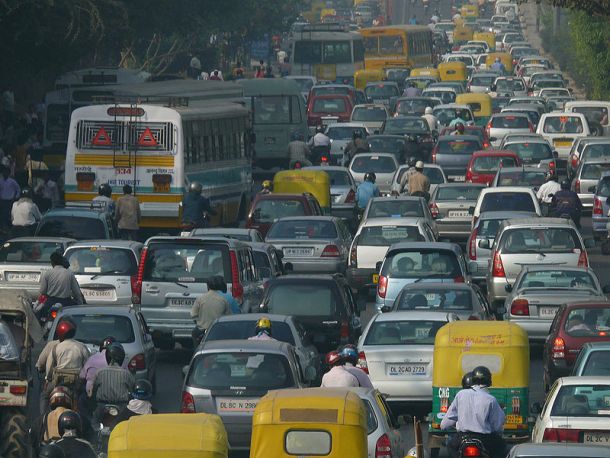
Rush hour in New Delhi (Photo credit: Wikipedia)
What can you do about it? Use public transportation when you can, get a smog check on your vehicle, even if you don’t have to, and avoid driving when you don’t need to. You can also consider upgrading to a hybrid or electric vehicle, which can save you money on gasoline and also protect the environment.
2. Fuel Combustion

Combustion engine (Photo credit: Wikipedia)
3. Dust

(Photo credit: nirvana168 | Flickr)
4. Industrial Processes
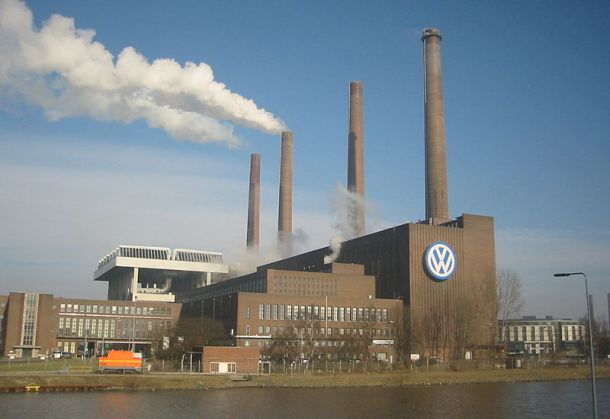
VW Factory (Photo credit: Wikipedia)
5. Solvent Use
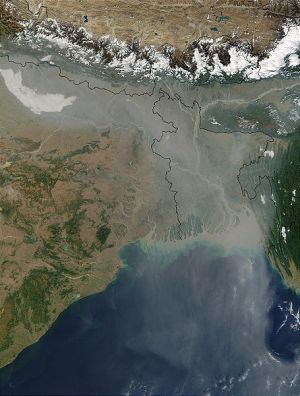
Aerosol pollution over Northern India and Bangladesh (Photo credit: Wikipedia)
6. Gasoline Terminals, Stations, and Gas Cooking
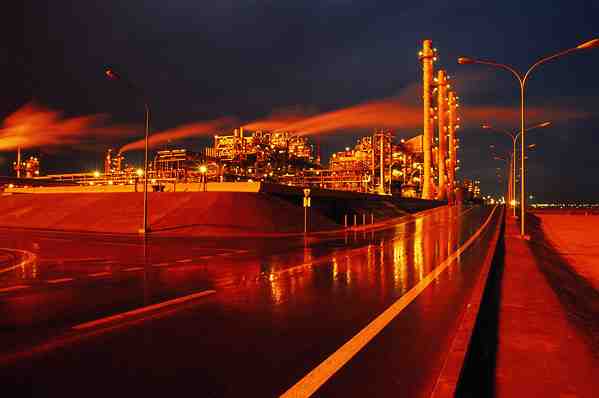
Petroleum refineries (Photo credit: Wikipedia)
7. Fires
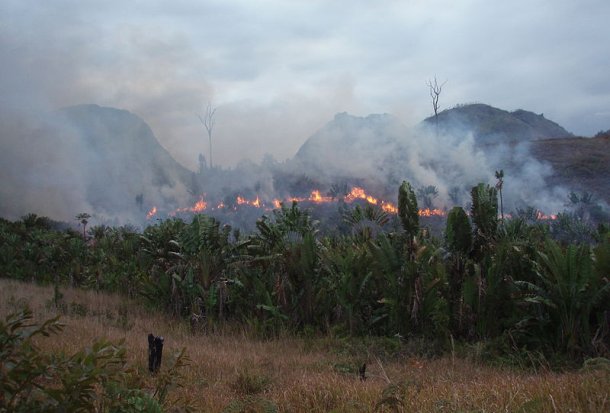
Slash and burn agriculture (Photo credit: Wikipedia)
Fires are a common source for most of the pollutants the EPA tracks, especially particulate matter. While many fires are natural and play a role in forest ecology, others are set deliberately by arsonists or slash and burn agricultural practices. These man-made fires not only destroy wildlife and contribute to deforestation, but also contribute to air pollution on the planet.
8. Agriculture

Devastating deforestation for an oil palm plantation in Sumatra, Indonesia
9. Waste Disposal
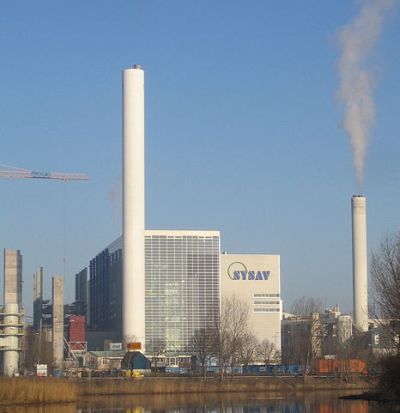
SYSAV waste incineration plant in Malmö, Sweden. This plant incinerates 25 metric tons of household waste per hour. (Photo credit: Wikipedia)
10. Radioactive Waste
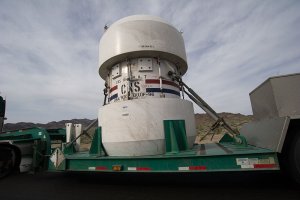
A container of nuclear waste being transported in Nevada - nuclear waste transportation and disposal is one of the major environmental hazards of Nuclear power (Photo credit: Wikipedia)
single radioactive disaster can cause widespread contamination. Following the disaster, an area comprising a 20 km radius around the plant was evacuated due to concerns of radioactive gasses in the atmosphere. Food sales in the area were banned. While these measures were temporary and the situation is largely under control now, radiation is still leaking from the plant today. Contamination from the disaster is likely to cause a number of severe health problems for local residents in the coming years. More than a third of the children in Fukushima now have abnormal growths in their thyroid glands.
Chernobyl, the most famous nuclear disaster, released so much radiation that tours of the area have only been permitted by the Emergency Situations Ministry of Ukraine since 2011. Radioactive pollution may not be the most common type of atmospheric pollution (otherwise we’d be in a lot of trouble), but it certainly is among the most destructive, which is why nuclear power plants and devices are considered to be so hazardous by so many scientists and members of the general public.
What Can You Do?
As human beings in the modern world, we tend to have a rather shortsighted view of life, but the products of our comfortable, convenient lives have long-term environmental consequences. If we expect the planet to be a livable place for generations to come, we will need to learn how to be long-term planners again. How can you do your part?
Consider upgrading to an energy efficient vehicle and going green with solar power in your home. Take care of the vehicles you do have so they run efficiently and produce as little environmental toxicity as possible. Better yet, get rid of your vehicle altogether and consider biking, car-pooling, and taking public transport.
And if you live in the city and have forgotten what fresh air feels like, consider taking a trip to the country to remember. When you come back home, do your part to cut back on the smog in the city and hold onto that dream of fresher, cleaner air.